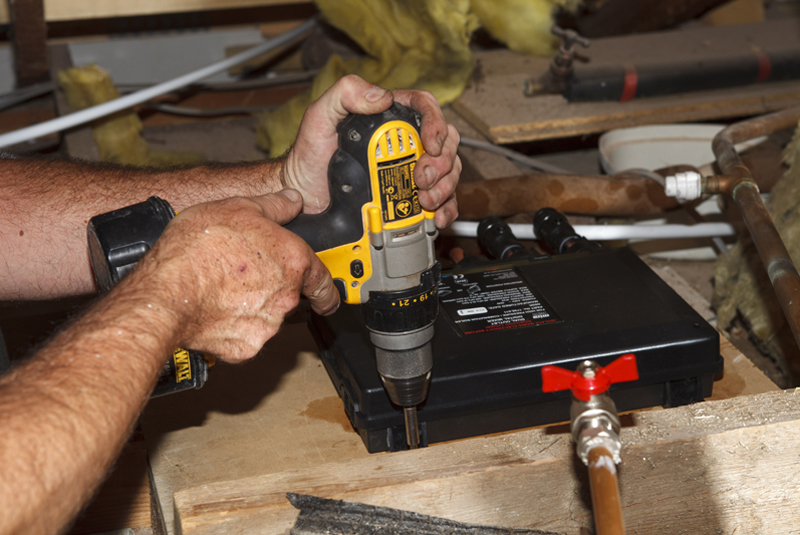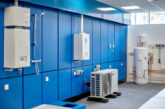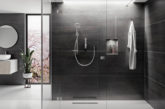
In the latest of a continuing series, the customer service team at Mira Showers takes us through some of its most recent encountered queries.
I’ve started to get a lot of enquiries from customers to install digital showers lately. What is the difference between a conventional thermostatic shower vs a digital shower?
Essentially, a digital shower is an electronic version of a traditional thermostatic mixer shower. However, rather than using a traditional wax filled thermostat, a digital shower monitors and controls the temperature using an electronic thermistor in combination with a printed circuit board (PCB). The benefit of a digital shower is that, as well as a minimal, contemporary design, the PCB can also be used to control digital temperature and time displays as well as other functions such as digital flow control and count down timer functions.
When installing pressure reducing valves as part of a shower installation, where is the best place to install them?
Best practice for the siting of any pressure reducing valve (except for those fitted as part of an unvented hot water system) is to locate them as close as possible to, or just after, the mains stop tap. This is because, as part of their operation, pressure reducing valves (PRV) can sometimes act as check valves preventing water from flowing backwards through the installation. Consequently, the sealed section of pipework between the PRV and the shower can then heat up and over pressurise causing adverse effects on the shower itself.
What is the difference between TMV2 and TMV3 approved mixing valves?
The Thermostatic Mixer Valve Scheme is an independent third party approval scheme. The TMV scheme certifies that TMV 3 type thermostatic mixing valves are manufactured to the highest specifications required by the NHS Estates D08 standard. This makes them suitable not only for NHS estates but other care and healthcare environments. The TMV 2 scheme certifies thermostatic mixing valves for the domestic market. The testing criteria for TMV2 are much less demanding than TMV3.
Having recently installed a mixer shower on an unvented cylinder installation, I have found that the shower makes a high pitch whining noise when set on certain temperatures. What could be causing this?
It is recommended that mixer showers are always installed with nominally equal pressures between hot and cold supplies. A common mistake with unvented cylinder installations, despite having a pressure reducing valve fitted as part of the installation, is to take the cold main supply to the rest of the house before passing through the pressure reducing valve. This causes an imbalance in the supplies at the mixer and results in the noises caused by this.













